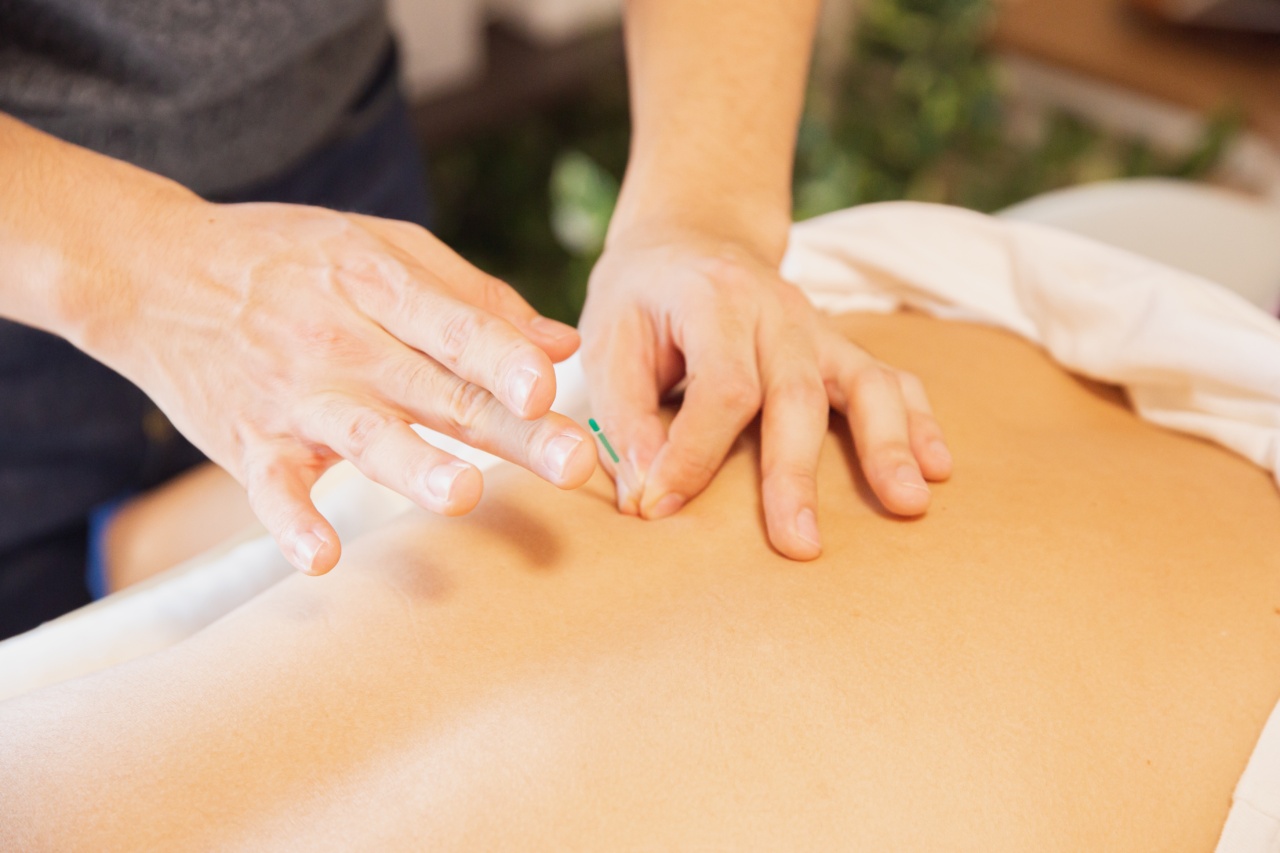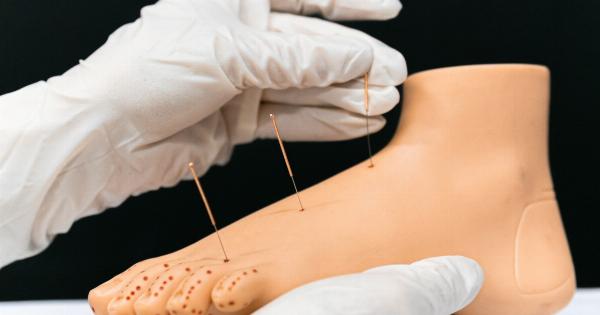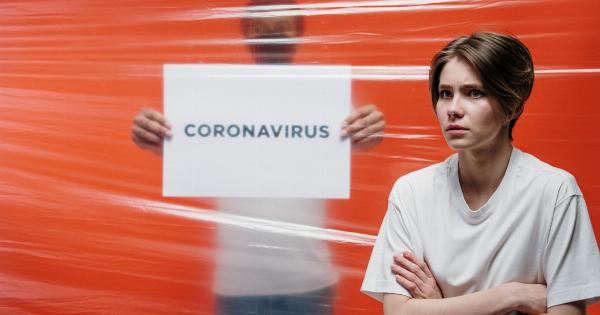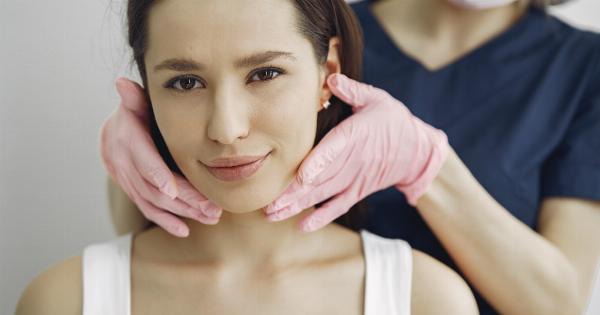Acupuncture is a traditional Chinese medicine practice that involves inserting thin needles into specific points on the body. It has been used for thousands of years to treat various medical conditions and promote overall wellness.
However, there are some individuals who may be hesitant to try acupuncture due to fear of needles or uncertainty about its effectiveness. Fortunately, there are alternative approaches to acupuncture that can still provide similar benefits. In this article, we will explore these alternative approaches and explain how they can be just as effective in stopping acupuncture.
The Placebo Effect
One of the main reasons for the effectiveness of acupuncture is the placebo effect. This is the phenomenon where a patient experiences a perceived improvement in their condition due to their belief in the treatment.
Research has shown that the placebo effect can be just as powerful in alternative approaches to acupuncture. By using techniques such as acupressure, where pressure is applied to the acupuncture points instead of needles, patients can still experience the same sense of relief and healing that they would with traditional acupuncture.
Acupressure
Acupressure is a technique that involves applying pressure to specific points on the body to stimulate healing. It can be done using the hands, fingers, or even specialized tools.
Acupressure targets the same energy meridians that acupuncture does but without the use of needles. Instead, gentle pressure is applied to the points, which helps to release blocked energy and restore balance in the body.
Many individuals find acupressure to be just as effective as acupuncture, and it can be a great alternative for those who are uncomfortable with needles.
Electroacupuncture
Electroacupuncture is another alternative approach to traditional acupuncture. This technique involves using a small device that sends electric currents through the acupuncture needles.
The electric stimulation enhances the effects of the acupuncture treatment and can be especially beneficial for those with chronic pain or circulation issues. Electroacupuncture can be a powerful tool in stopping acupuncture without sacrificing the benefits of traditional acupuncture therapy.
Laser Acupuncture
Laser acupuncture is a non-invasive alternative that uses low-level laser therapy to stimulate the acupuncture points. Instead of needles, a handheld laser device is used to deliver light energy to the specific points on the body.
The laser stimulates the acupuncture points, promoting healing, reducing pain, and restoring balance. This method is painless and can be a great option for those who are hesitant about needles or have a fear of acupuncture.
Acupuncture Massage
Acupuncture massage, also known as acupressure massage or tuina, combines the principles of acupuncture and massage therapy.
Instead of using needles, the therapist applies pressure to the acupuncture points using their hands, elbows, or special massage tools. Acupuncture massage helps to release tension, promote circulation, and stimulate the body’s natural healing response. It can be a relaxing and effective alternative to traditional acupuncture.
Auriculotherapy
Auriculotherapy, also known as ear acupuncture, focuses on specific points on the ear to promote healing and wellness. Instead of inserting needles into various points on the body, small seeds or magnets are applied to specific ear points.
These points correspond to different organs and systems in the body, and stimulating them can help address specific health concerns. Auriculotherapy is a gentle, non-invasive alternative to traditional acupuncture.
Moxibustion
Moxibustion is an alternative approach to acupuncture that involves burning a small herb called mugwort near the acupuncture points.
The heat from the burning herb penetrates the skin, stimulating the acupuncture points and promoting the flow of qi (energy) in the body. Moxibustion can be an effective alternative for individuals who prefer not to use needles or are seeking a different form of stimulation for their acupuncture points.
Acupuncture Mats
Acupuncture mats, also known as acupressure mats or spike mats, are foam mats with numerous small spikes or plastic needles. When a person lies or sits on the mat, the spikes or needles stimulate the acupuncture points on their back.
This stimulation helps to release tension, reduce pain, and promote relaxation. Acupuncture mats can be used as an alternative to traditional acupuncture, providing similar benefits in the comfort of one’s home.
Acupuncture Appointments
In some cases, individuals may want to stop acupuncture altogether but still seek the therapeutic benefits it provides.
For such individuals, regular acupuncture appointments can be replaced with self-care techniques such as acupressure, meditation, or yoga. These activities can help to promote relaxation, reduce stress, and restore balance in the body. While not a direct substitute for traditional acupuncture, they can be valuable complements or alternatives to ongoing treatments.
Conclusion
Acupuncture is a valuable practice that offers numerous health benefits. However, it is not the only option for those seeking alternative approaches to healing.
Acupressure, electroacupuncture, laser acupuncture, acupuncture massage, auriculotherapy, moxibustion, acupuncture mats, and self-care techniques can all provide similar benefits to traditional acupuncture. These alternative approaches allow individuals to experience the effects of acupuncture without the use of needles or in a more accessible manner.
It is important to consult with a qualified healthcare practitioner to determine the best approach for your specific needs and preferences.































